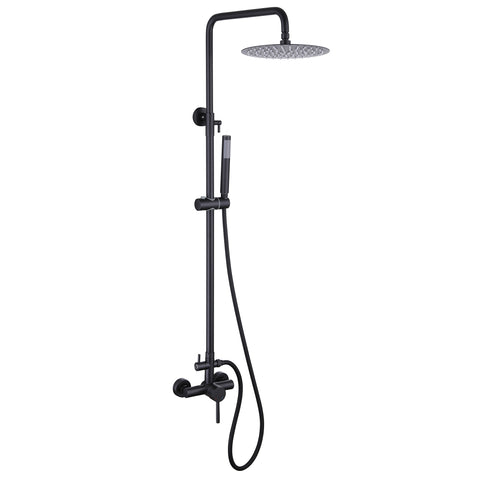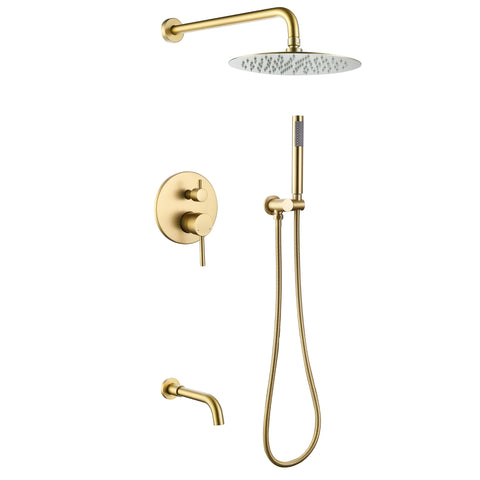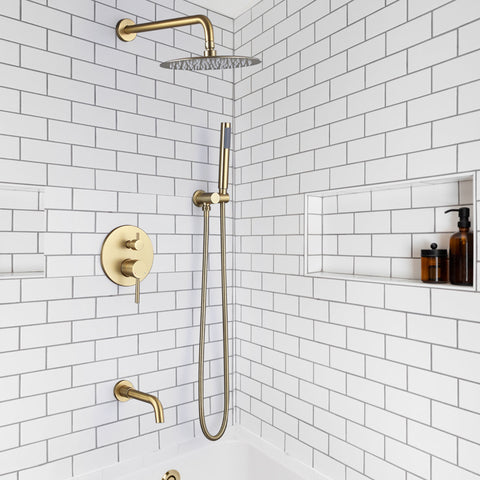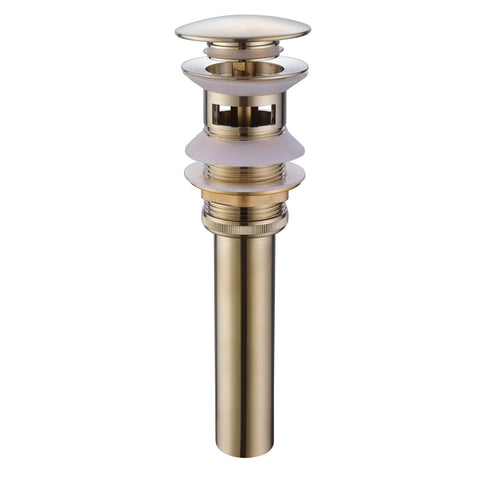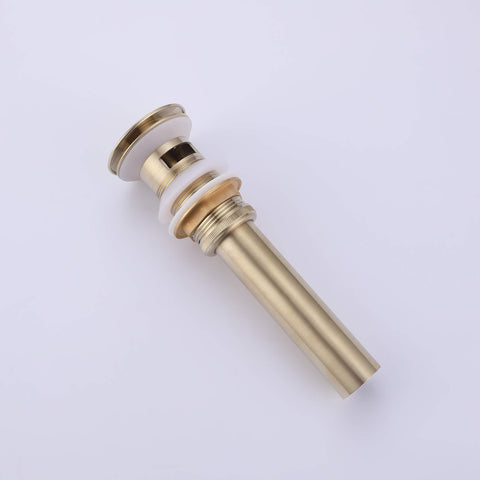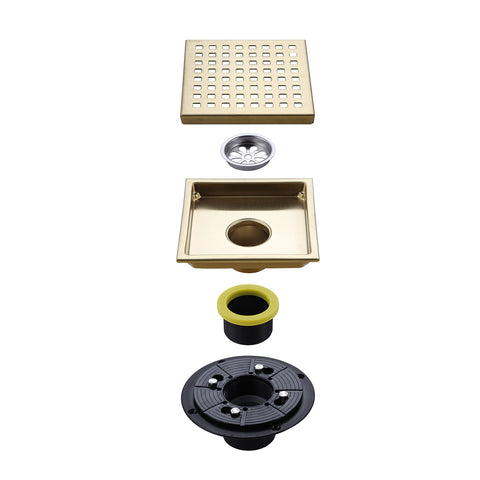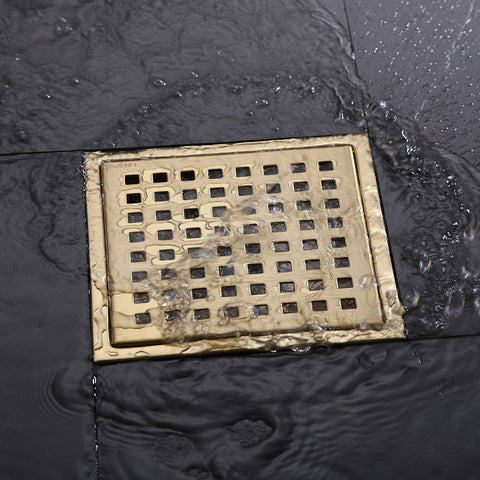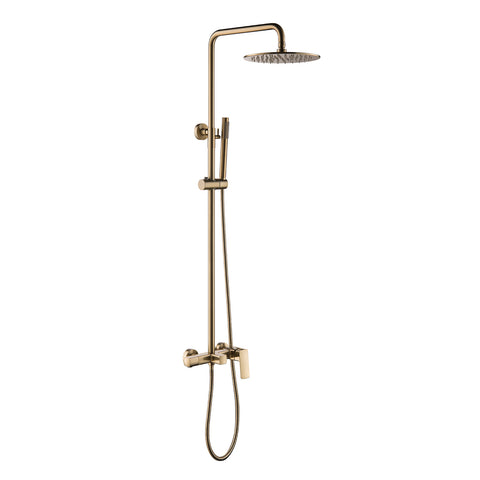How to Remove and Install a Bathroom Faucet?
Bathroom faucets are one of the most frequently used fixtures in any home. Over time, you might want to replace an old faucet — whether it’s leaking, outdated, or simply to give your bathroom a new look. The good news? Replacing a faucet is a straightforward DIY project you can handle with basic tools and a bit of patience. In this guide, we’ll walk you through how to remove and install a bathroom faucet — from removing the old one to installing a stylish new fixture.
Video Tutorial: How to Install a Bathroom Faucet
Prefer visuals? Watch the step-by-step faucet installation tutorial above, then follow along with the written guide below.
Tools and Materials You’ll Need
Before you begin, gather the right tools to make the process smoother:
- New bathroom faucet
- Adjustable wrench
- Plumber’s tape (Teflon tape)
- Plumber’s putty
- Phillips and flathead screwdrivers
- Bucket or towels (to catch water)
- Pliers
- Pipe or tubing cutter (if needed)
- Basin wrench (optional, for tight spaces)
Step 1: Turn Off the Water Supply
Locate the shut-off valves under the sink and turn them clockwise to stop water flow. Open the faucet to release any remaining water in the lines.
Step 2: Remove the Old Faucet
- Disconnect supply lines: Use an adjustable wrench to loosen hot and cold water lines. Keep a bucket nearby to catch drips.
- Remove the drain stopper: If your faucet includes a pop-up drain, loosen the nut or screw underneath to detach it.
- Loosen mounting nuts: Use a basin or adjustable wrench to remove the nuts securing the faucet to the sink.
- Lift out the faucet: Gently lift and remove the old faucet. Use a screwdriver if it’s stuck due to old sealant.
Step 3: Prepare the Sink or Countertop
- Clean the surface: Scrape off old putty or residue for a smooth, clean installation area.
- Apply plumber’s tape: Wrap Teflon tape around the faucet stems to ensure watertight connections.
Step 4: Install the New Faucet
- Insert the faucet: Lower the new faucet into the sink holes, ensuring it’s aligned and level.
- Secure the faucet: Thread and tighten mounting nuts under the sink, but don’t overtighten to avoid cracking.
- Reconnect supply lines: Reattach hot and cold water lines to the faucet stems using your wrench.
- Install the drain stopper: Follow the manufacturer’s instructions to install or reconnect the drain assembly.
Step 5: Test for Leaks
Turn the water supply back on and check all connections carefully. If you notice any leaks, turn off the water and tighten the fittings slightly. Once everything is dry and leak-free, your new faucet is ready to use!
Conclusion
Installing a new bathroom faucet is one of the easiest and most rewarding ways to refresh your bathroom. With a few simple tools and the right guidance, you can complete this project in under an hour. Always double-check for leaks and follow manufacturer instructions for best results. If you run into difficulties, don’t hesitate to call a professional plumber for help.
